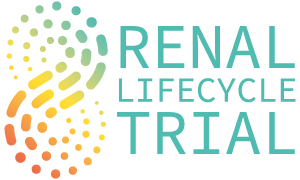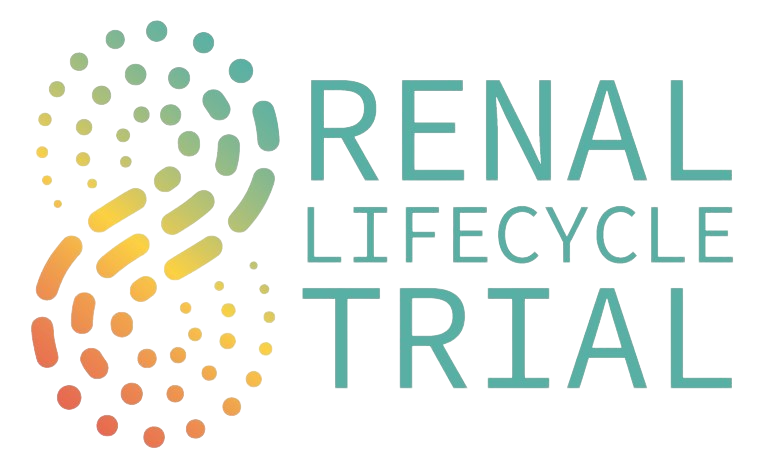Renal lifecycle study seeks a healthier future
On this page you will find questions we have received and their answers. If your question is not listed here, you can submit it using the form at the bottom of this page.
Cystic kidney patients with renal function may participate in the Renal Lifecycle study if they have renal function of less than 25%, are on dialysis or have a kidney transplant with less than 45% function. There are reasons to believe that this drug, SGLT2 inhibitors, may do extra favorably in this patient group. But there are also reasons why they might actually not work.
The kidney department of the UMCG is therefore trying to start a study in which the effect of SGLT2 inhibitors on cyst growth and renal function deterioration will be examined specifically in a large group of cystic kidney disease patients. Cystic kidney disease patients can participate in that study if they have a native kidney function of 30% or more. That study and the Renal Lifecycle study are therefore complementary.
This website lists participating centers. These are hospitals or dialysis centers. The overview is updated regularly. At each center the local investigator is mentioned. Should your own hospital or dialysis center be a participating site, we ask you to contact your colleague yourself.
If your hospital or dialysis center does not participate, we ask you to contact us using the contact form. We will explore the possibilities of having your patient join the study through another participating center
Unfortunately, your patient will then not be able to participate. Dialysis patients can participate if they still have their own urine production of 500ml per day or more. See also the inclusion and exclusion criteria in the protocol.
SGLT2 inhibitors increase plasma vasopressin (AVP) concentration. Because AVP antagonists ameliorate the rate of disease progression in ADPKD that was deemed a disadvantage.
Whether this increase in AVP is clinically relevant is unknown. The increase in AVP is actually modest with 15-25%, whereas with an AVP antagonist >95% suppression is achieved. Animal experiments have shown negative, neutral and positive results in PKD models.
Notwithstanding, ADPKD patients have been excluded from all SGLT2i trials. In our trial in two out of three subgroups the underlying renal disease has no role (dialysis, transplantation). In the third group (kidney failure) kidney function is this low that an AVP raising effect will probably be minimal, and any potential disadvantages will (hopefully) be outweighed by the beneficial effects of SGLT2i.
ADPKD patients treated with tolvaptan is a different story. Such patients have 6 to 8 liters diuresis, that is osmole exctetion dependent. SGLT2i will lead to osmotic diuresis (glc excretion of 100 to 250 mmol), and increase polyuria even further with 1 to 2 liters. That was felt to be inacceptable.

